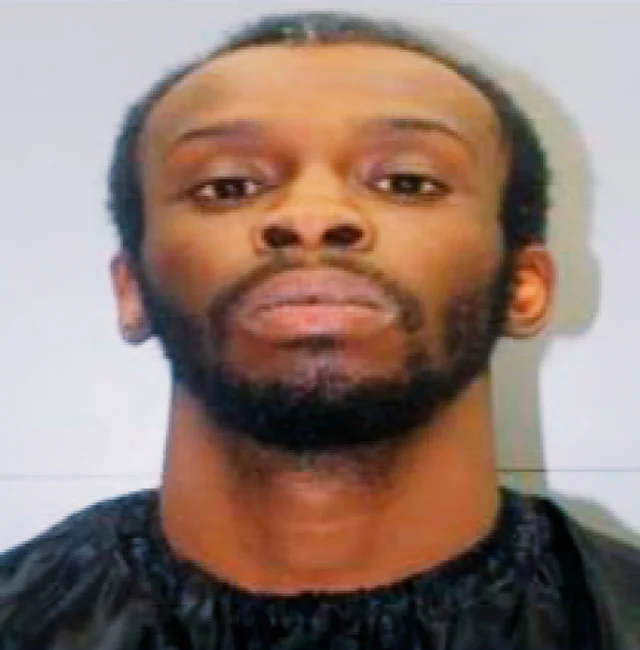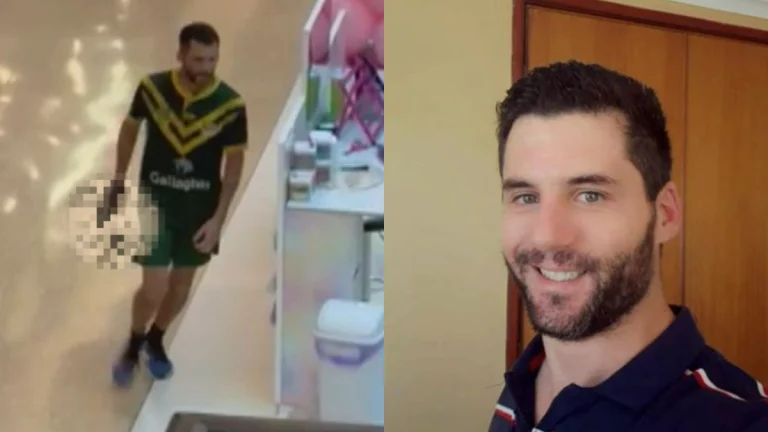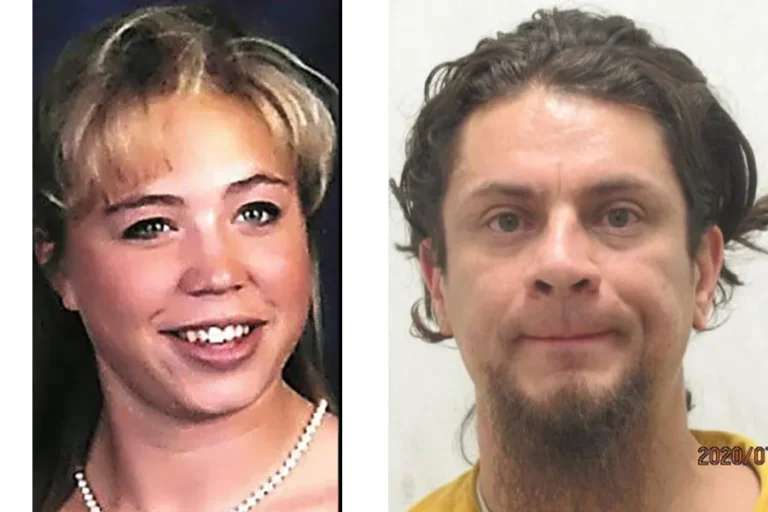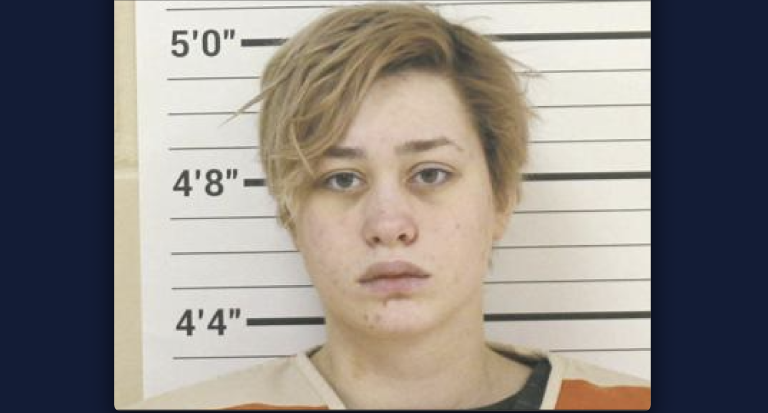Nathaniel Rowland Murders Samantha Josephson
Nathaniel Rowland is a killer from South Carolina who was convicted of the murder of Samantha Josephson
According to court documents Samantha Josephson was a student at the University of South Carolina and was out with friends. At the end of the night Samantha Josephson would order an Uber. Unfortunately she would make a fatal mistake and entered the vehicle driven by Nathaniel Rowland
Nathaniel Rowland who had enabled child locks on his vehicle which would keep Samantha Josephson trapped in the back of the car. Nathaniel would drive to a remote location where he would stab the University of South Carolina student over hundred times causing her death. Rowland would drag the body of Samantha into a field where she would be discovered days later
Nathaniel Rowland would be arrested, convicted and sentenced to life in prison
Nathaniel Rowland Videos
Nathaniel Rowland Now
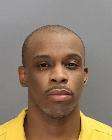
ROWLAND, NATHANIEL DAVID (00386010)
Location: LIEBER
Nathaniel Rowland Case
A South Carolina man was sentenced to life in prison Tuesday for the 2019 abduction and murder of a 21-year-old college student who mistook his car for her Uber ride.
The jury took a little more than an hour to find Nathaniel Rowland guilty of killing Samantha Josephson, a University of South Carolina student who disappeared from Columbia’s Five Points entertainment district in March 2019.
“Her dreams were my dreams, and her death was my death. I close my eyes, and I feel what she endured at his hands,” the victim’s mother, Marci Josephson, said during the sentencing phase of Rowland’s trial Tuesday.
The student from Robbinsville, New Jersey, got into Rowland’s car thinking it was an Uber ride that would take her back to her apartment, prosecutors said. Instead, she found herself trapped because Rowland had the childproof locks on, investigators said. She was never seen alive again.
Covered in roughly 120 stab wounds, her body was later found in remote woods about 65 miles (105 kilometers) from Columbia. The death cast a national spotlight on ride-hailing safety and led to some changes, including more prominent displays of driver’s license plates.
Rowland maintained his innocence before being sentenced, but Circuit Judge Clifton Newman noted that all the evidence pointed to Rowland.
“She obviously put up an amazing fight against you and left a sufficient trail for the jury to see what you did,” Newman said after sentencing Rowland to life in prison. A person convicted of murder is not eligible for parole in South Carolina.
Wearing a mask, Rowland showed little emotion as Josephson’s relatives reflected on the pain of their loss and how Josephson’s future – the college senior was slated to attend law school on a full scholarship – was cut short.
The prosecution spent about a week presenting voluminous evidence and called nearly three dozen witnesses. Experts linked Josephson’s blood to the interior of Rowland’s Chevrolet Impala and to the suspected murder weapon, a knife with two blades. Her blood was also found on cleaning supplies in the trash behind the home of the man’s girlfriend at the time — and on a sock and bandana owned by Rowland, the experts testified.
Other evidence included cellphone tracking data pinpointing Rowland’s location the night of the crime. One forensic scientist testified that DNA collected from Rowland’s fingernails matched the victim’s genetic material, and DNA belonging to both suspect and victim were found on gloves also located in the trash.
Rowland’s defense attorneys pointed out that scientists weren’t absolutely certain Rowland’s DNA was on the knife. His attorneys also argued that although Josephson appeared to fight her attacker, none of Rowland’s DNA was found on her body and he had no visible marks of such a fight after his arrest. The defense called no witnesses, and Rowland did not testify.
Before resting the defense’s case, Rowland’s lawyer asked the charges be thrown out because prosecutors had a circumstantial case — never showing that Rowland actually killed Josephson nor that he was driving the vehicle when she disappeared.
Newman rejected the request, saying there was an avalanche of direct and circumstantial evidence that a jury should consider.

